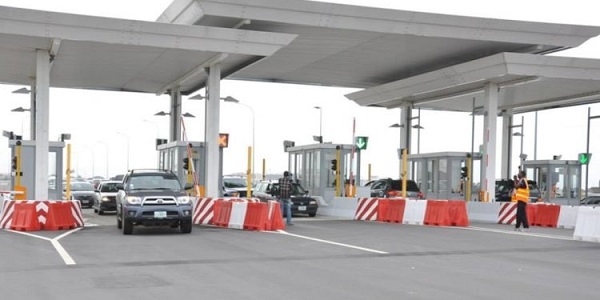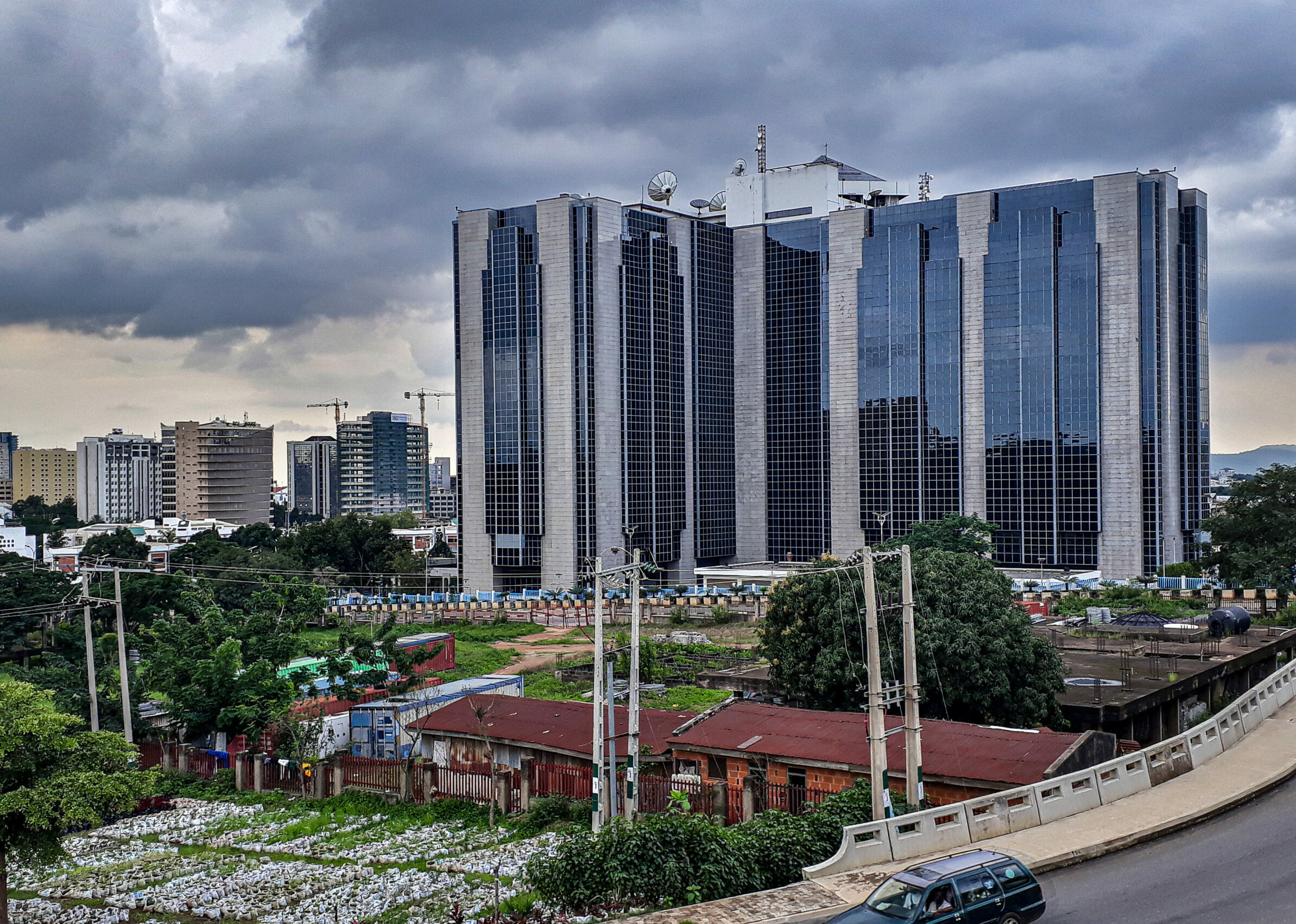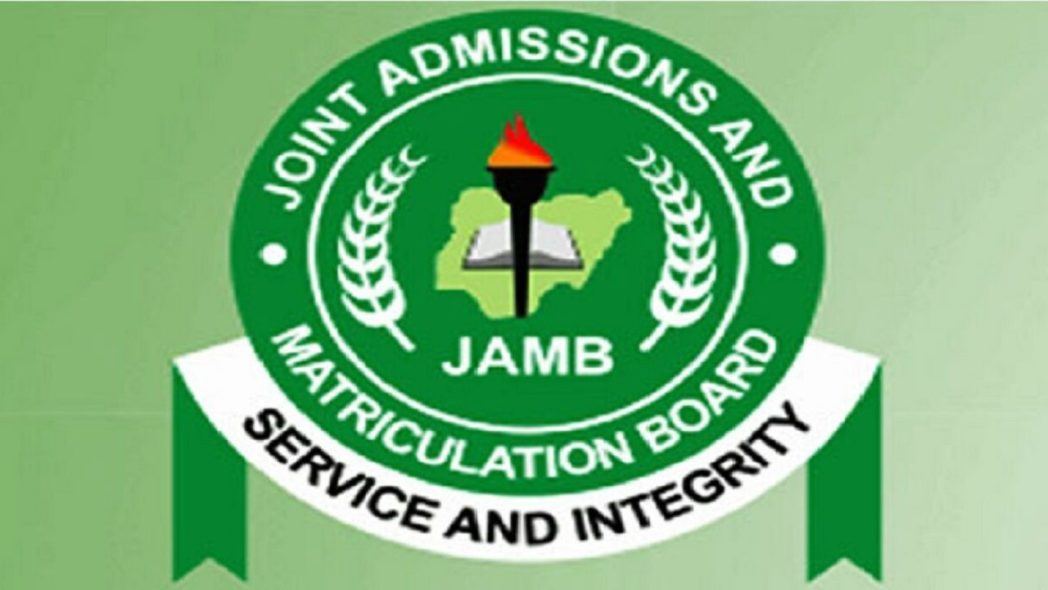J N Port crosses 10 million twenty-foot equivalent units capacity, a first in India
Conceived to decongest the decades old, city-based Mumbai Port, Jawaharlal Nehru Port, named after independent India’s first Prime Minister, has blossomed into the nation’s biggest container port by capacity.
Till a few days ago, Jawaharlal Nehru Port Authority had the capacity to handle 7.7 million twenty-foot equivalent units (TEUs) a year.
On April 16, the port authority added 2.4 million TEUs capacity when the second phase of Bharat Mumbai Container Terminals Pvt Ltd (BMCT) run by Singapore’s state-owned PSA International Pte Ltd was completed, taking the port’s overall capacity to 10.1 million TEUs and becoming the first in the country to have a capacity of over 10 million TEU’s.
A TEU is the standard size of a container and a common measure of capacity in the container business.
In fiscal year 2025, the port handled 7.301 million TEUs, the most since it started operations, clocking a growth of 13.55 per cent over the previous year.
“Once the Western Dedicated Freight Corridor reaches the port in December, we will grow at more than 15 per cent for the next several years and handle 10 million TEUs’s traffic by 2029-30,” Chairman Unmesh Wagh said emphatically.
It is difficult to imagine now what would have happened to India’s export-import trade if the port had not come up given the limitations of Mumbai Port to handle container ships that are growing by the day.
J N Port handles more than half of India’s container volumes shipped by the sea route every year, providing unmatched shipping connectivity to manufacturers and producers to reach their customers located in different parts of the globe.
The port has a depth of 16 metres that allows container vessels of 12,500 twenty-foot equivalent units to dock.
J N Port’s locational advantages including its rail and 6-8 lane road connectivity to the Northwestern and National Capital Region hinterland, criss-crossing state and national highways, sets the stage for the port to capitalise on for evacuating container cargo. But it is the trust and confidence reposed by the trade, shipping lines and other stakeholders in the port that has greatly enhanced its stature.
It is no wonder then that the world’s top container terminal operators have set up facilities at Nhava Sheva, once a quaint little village of fisherfolks and farmers.
In fact, there is no other port in India where the world’s top three container terminal operators - PSA International Pte Ltd, D P World Ltd and A P M Terminals Management B V – run facilities.
The port has introduced many innovative solutions, combining technology and digitisation, to promote ease of doing business. Notable among them are the Centralised Parking Plaza – a first in an Indian port - and sophisticated equipment to scan containers.
The Centralized Parking Plaza integrates document processing by Customs with state-of-the-art facilities to boost export of factory stuffed containers.
J N Port turns around container ships – a barometer of a port’s efficiency and productivity - in 22.75 hours, backed by the operational efficiency of private terminal operators. This was lauded by the World Bank in its Logistics Performance Index (LPI) Report, 2023.
The turnaround time (TAT) of a ship refers to the time the vessel reports at the anchorage of a port to the time it sails out from the berth.
The dwell time for import containers at the port is 24.6 hours. Import dwell time refers to the duration a container remains within a port or terminal after being unloaded from a vessel, until it is finally cleared and moved to its next stage of transportation (truck/rail). It essentially measures the time spent at the port waiting for clearance and movement.
Along the way, J N Port has become India’s first full-fledged landlord major port, a port operating model that the government is committed to follow for all the dozen state-owned ports. Under this model, the publicly governed port authority acts as a regulatory body and as landlord, while private firms carry out port operations, mainly cargo handling activities. In return, the landlord port gets a share in the revenue from the private entities.
J N Port Authority earns more than ₹2,000 crore a year in royalty/revenue share from its private container terminal operators. It is the richest among India’s 12 state-owned major ports.
To tap more avenues of growth, the port authority has developed India’s first port-based multi-sector special economic zone (SEZ) spread over 277.38 hectares of freehold land, most of which have been allotted to top-notch investors for setting up units for food processing, engineering services, perfumery, pharmaceuticals besides warehousing and free trade zones. This helped the port garner extra revenue, generate additional cargo and provide thousands of jobs.
When the port is connected to the Western Dedicated Freight Corridor by the end of the year, it will add an extra zing to the port’s operations in terms of reducing the travel time to and from Northern India. This is also part of the government’s efforts to cut logistics costs and improve India’s competitiveness in the global marketplace.
J N Port has five container terminals, two of which are run by the Dubai government-owned D P World Ltd and one each by Singapore’s state-owned PSA International Pte Ltd; a joint venture between A P M Terminals Management BV, the container port operating unit of Denmark’s integrated transport giant A P Moller-Maersk A/S and Container Corporation of India Ltd (CONCOR) and another joint venture between J M Baxi Ports & Logistics Ltd and CMA Terminals Holding, a subsidiary of French container line CMA CGM Group.
“JNPA’s stature as India’s leading container port is a testament to vision, resilience, and innovation. From driving ease of doing business with innovation and infrastructure expansion to sustainability initiatives, it has paved the way for India's maritime growth, setting benchmarks for efficiency and excellence,” says Sunay Mukerjee, Chief Operating Officer, Gateway Terminals India (GTI).
J N Port is now a jewel in the crown of India’s ports. It stands as a testimony that public sector undertakings, particularly in a key infrastructure sector, can prosper and flourish when a government with vision and dynamism lets a highly motivated team of leaders run the show for carrying out the agenda unfettered.
Being a young major port, J N Port Authority is free from legacy issues that haunts other decades old major ports.
“It is run almost like a private port,” says a port industry official familiar with the functioning of J N port.
The joke is that when Indian Administrative Service (IAS) officers take up the port’s top job, they are quickly “integrated” into its DNA which is vastly different from other major ports in terms of style of operations.
“Normally, the private sector always surpasses the public sector because they have more freedom, are free to deploy more efficient staff and have access to more resources. But, when that freedom on decision making is delegated to the public sector, the same officials can do a remarkable work and demonstrate that they are not second to anyone,” JNPA Chairman Unmesh Wagh, an Indian Revenue Service (IRS) officer said when asked about the secret behind the success of the port.
“Strong leadership at the helm of JNPA needs to be complemented for building the road that has led to this success,” added Mukerjee at GTI.
This sentiment is echoed by many others who deal with the port for shipping their cargo.
The port started out small, unlike the grandiose plans that are often seen nowadays.
It started operations in 1989 from two berths, one for handling containers and the other for bulk cargo, mainly food grain imports.
On July 3, 1997, Australia’s P&O Ports Pty Ltd was awarded the first PPP concession at J N Port and the first in India, to develop a container terminal christened Nhava Sheva International Container Terminal Pvt Ltd (NSICT).
P&O Ports was later acquired by Dubai government-owned DP World Ltd in a global deal.
A few years later, the port authority decided to become an exclusive container port and converted its bulk cargo handling berth into a container terminal. A P M Terminals teamed up with state-run rail hauler Container Corporation of India Ltd (CONCOR) to win the deal on PPP model in a global auction and started running the terminal named Gateway Terminals India Pvt Ltd (GTI) from 2006.
In 2013, DP World won the concession to build a 330-metre terminal named Nhava Sheva (India) Gateway Terminal Pvt Ltd (NSIGT) adjacent to its existing terminal (NSICT).
In 2014, PSA International triumphed in a global tender to build a 4.8 million TEUs container terminal, the largest single container handling facility in an Indian port to be built in two phases, with an investment of some ₹7,915 crore. It is the largest single foreign direct investment (FDI) in an Indian port project. The first phase of BMCT with a capacity to handle 2.4 million TEUs started operations in February 2018.
In 2022, the container terminal run by the port authority was privatised and awarded to the J M Baxi – CMA Terminal Holdings team through a global tender.
“When NSICT came on stream, we handled 27 to 29 container moves per hour compared to the 7 to 9 container moves per hour at the terminal run by the port authority. NSICT changed the way containers were handled in India,” said Capt Jimmy Sarbh, the then Managing Director of NSICT when it was run by P&O Ports.
The run up to the construction of the new port in the 1980’s was not smooth.
A huge protest erupted when the government started the process of acquiring land for the new port sometime in 1984. During clashes with the police, five people lost their lives while several others were lathi charged and arrested, recalled Bhushan Patil, who was in college then and would later join the port as an employee and sit on its board representing the workers as a union leader for many years.
The government had initially agreed to give ₹27,000 as compensation for acquiring one acre of land from locals. The agitation, which lasted for almost a year, was for increasing the compensation to ₹40,000 per acre.
In the wake of the agitation, the government raised the compensation to ₹30,000 per acre. Plus, the government agreed to return 12.5 per cent of the land acquired from each person in developed condition.
That land became very valuable being adjacent to Navi Mumbai. The land price also soared as J N Port grew in stature into a big container port. A ‘gunta’ of land is now sold for as much as ₹60 lakh (40 guntas is equal to one acre of land).
“Maximum money came from land and some business contracts relating to port operations. Some people got huge money, and they used that to educate their children who got good jobs. But some people misused their money, and it was harmful to them,” Bhushan Patil said.
“Becoming a full-fledged landlord port has benefitted J N Port Authority financially because it is getting more than ₹2,000 crore in royalty/revenue share from private terminal operators. But permanent job opportunities in the port authority have declined because there is no technical or operational work involved as all the container terminals are run by private firms,” he added.













